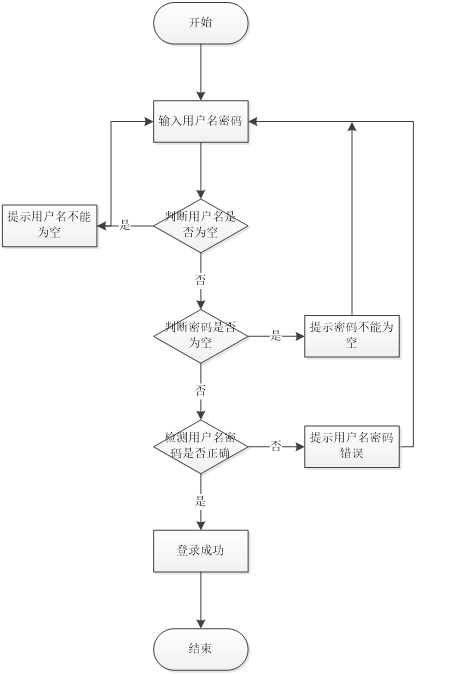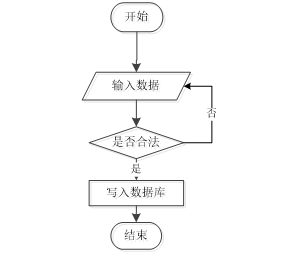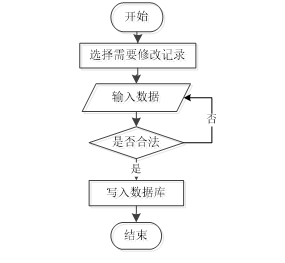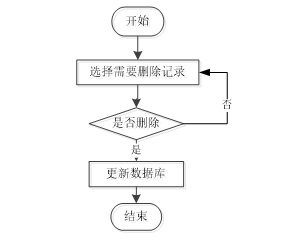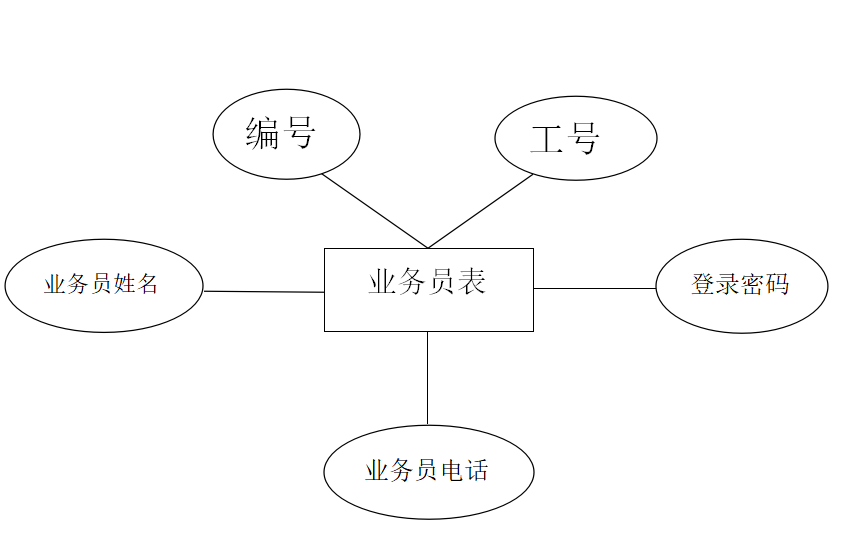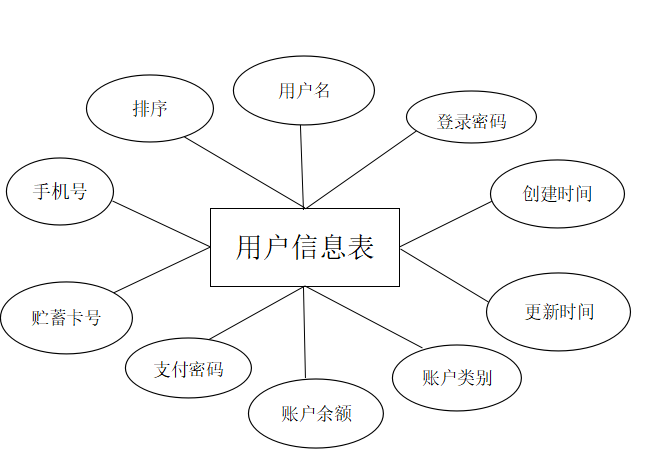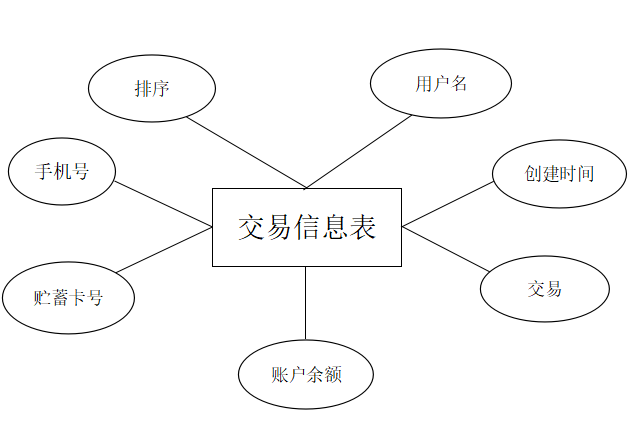基于Android银行排队叫号系统的数据库设计与实现毕业论文
2020-07-07 21:33:08
摘 要
随着社会的不断发展,手机的应用越来越广泛。而安卓软件以其独特的优势又在手机软件之中处于佼佼者的位置,丰富多彩的安卓手机软件为人们的日常生活带来了无数便利,这也促使我们编写了这个银行排队叫号系统。通过这个系统,用户可以大大减少无谓的排队等待时间,提高效率,同时也能给银行的管理带来便利。
本文以实际运用为开发背景,运用软件工程原理和开发方法设计了这个网上银行排队叫号系统,采用了Android技术,数据库则选用了MySQL。
本文首先从需求分析和可行性分析入手,得出了系统所需要具备的功能,接着在掌握了系统流程的情况下,通过E-R图完成了数据库的架构设计,最后对于程序的具体实现做出了详细的描述。
本网上银行排队叫号系统的基本功能均已实现,并且在系统和数据库上留下了可以进一步修改的空间,希望在实际运用中可以不断完善本系统的功能。
关键词:银行排队系统 MySQL数据库 E-R图
Database design of Bank Queuing System Based on JAVAEE
Abstract
With the continuous development of society, the application of mobile phones is more and more extensive. Android software, with its unique advantages, is in the top place in the mobile software, and the rich and colorful Android mobile software has brought numerous conveniences to people's daily life, which has also prompted us to write the bank queuing system. Through this system, users can greatly reduce meaningless queuing time, improve efficiency, and also bring convenience to the management of banks.
Based on the practical application, this paper uses the software engineering principle and the development method to design the online banking queuing system. The Android technology is adopted, and the database is selected by the MySQL.
This paper begins with the requirement analysis and feasibility analysis, and obtains the functions that the system needs. Then, in the case of mastering the system process, the database architecture is completed through the E-R diagram. Finally, the detailed description of the specific implementation of the program is made.
The basic functions of the online banking queuing system have been realized, and there is a space that can be further modified on the system and database, and we hope that the function of the system can be perfected in the actual application.
Keywords: Bank Queuing System ;MySQL database; E-R diagram
目录
摘 要 I
Abstract II
目录
第一章 绪论 1
1.1. 选题背景 1
1.2. 研究现状 1
1.3. 研究目标 2
第二章 可行性与需求分析 3
2.1. 可行性分析 3
2.1.1. 技术可行性分析 3
2.1.2. 运行可行性分析 3
2.1.3. 安全可行性分析 4
2.1.4. 经济可行性分析 4
2.2. 需求分析 4
2.2.1. 信息需求分析 4
2.2.2. 功能需求分析 5
第三章 数据库技术介绍 6
3.1. MySQL数据库 6
3.1.1. MySQL特点 6
3.2. 数据库设计原则 7
3.3. 数据库概念设计 7
3.4. 数据库逻辑设计 8
3.5. 数据库物理设计 8
3.6. 数据库的导入 8
第四章 结构设计 11
4.1. 系统开发流程 11
4.2. 系统流程设计 12
4.2.1. 注册流程 12
4.2.2. 登录流程 13
4.2.3. 增加信息流程 14
4.2.4. 修改信息流程 14
4.2.5. 删除信息流程 15
4.3. 数据库E-R图设计 16
4.3.1. 业务员实体属性图 16
4.3.2. 客户信息实体属性图 17
4.3.3. 交易信息实体属性图 18
4.3.4. 网点信息实体属性图 19
4.3.5. 取号信息实体属性图 20
4.3.6. 业务评价实体属性图 20
4.4. 数据库图表设计 21
4.4.1. 逻辑结构设计 21
4.4.2. 信息表主键 22
4.4.3. 数据类型的选择 22
4.4.4. 物理结构设计 23
4.5. 数据库的维护 29
4.5.1. 数据库信息的备份 30
4.5.2. 数据库信息的恢复 31
第五章 程序实现 32
5.1. 管理员功能模块的实现 32
5.1.1. 管理员登录界面 32
5.1.2. 后台管理界面的实现 32
5.1.3. 业务管理界面 33
5.1.4. 业务评价界面 33
5.2. 用户功能模块的实现 34
5.2.1. 用户登录界面 34
5.2.2. 用户注册界面 35
5.2.3. 网点选择界面 35
5.2.4. 取号界面 36
5.2.5. 业务信息界面 37
结 论 39
参考文献 40
附录 41
致谢 44
绪论
选题背景
随着经济社会的发展,都市生活的节奏显得愈发的快了,传统的银行服务模式在一定程度上难以跟上人们的步伐。并且随着手机等电子产品的飞快发展,人们的日常生活愈加离不开这些移动端设施。方便贴心的手机软件可以随时随地解决和简便人们生活中遇到的问题和简化各种事物的流程。
Android又以其独有的优势和特点,占据了手机操作系统的半壁江山。Android是一种手机操作系统,它基于我们所熟知的Linux平台,开源可以说是Android最为引人注目的一个特性了。移动端,或者说智能手机端是安卓主要的应用研发方向,它是真正为手机用户着想的完全开源的的编程软件,它主要由三块内容组成,其中用户界面是给用户使用的,直接在手机端上显示出的界面;中间件则是处于应用软件和系统之间的,用来对接和减少不匹配的软件层;操作系统则是核心的,用来开发具体程序项目的界面[1]。
当前,安卓系统在手机操作系统之中所占的市场份额比较大,并且由于在一定程度上是完全开源的,所以软件商可以在其他软件的基础上研发新的功能,大大节约了重复成本,这就导致了Android软件的不断更新和日益完善。
相关图片展示:
